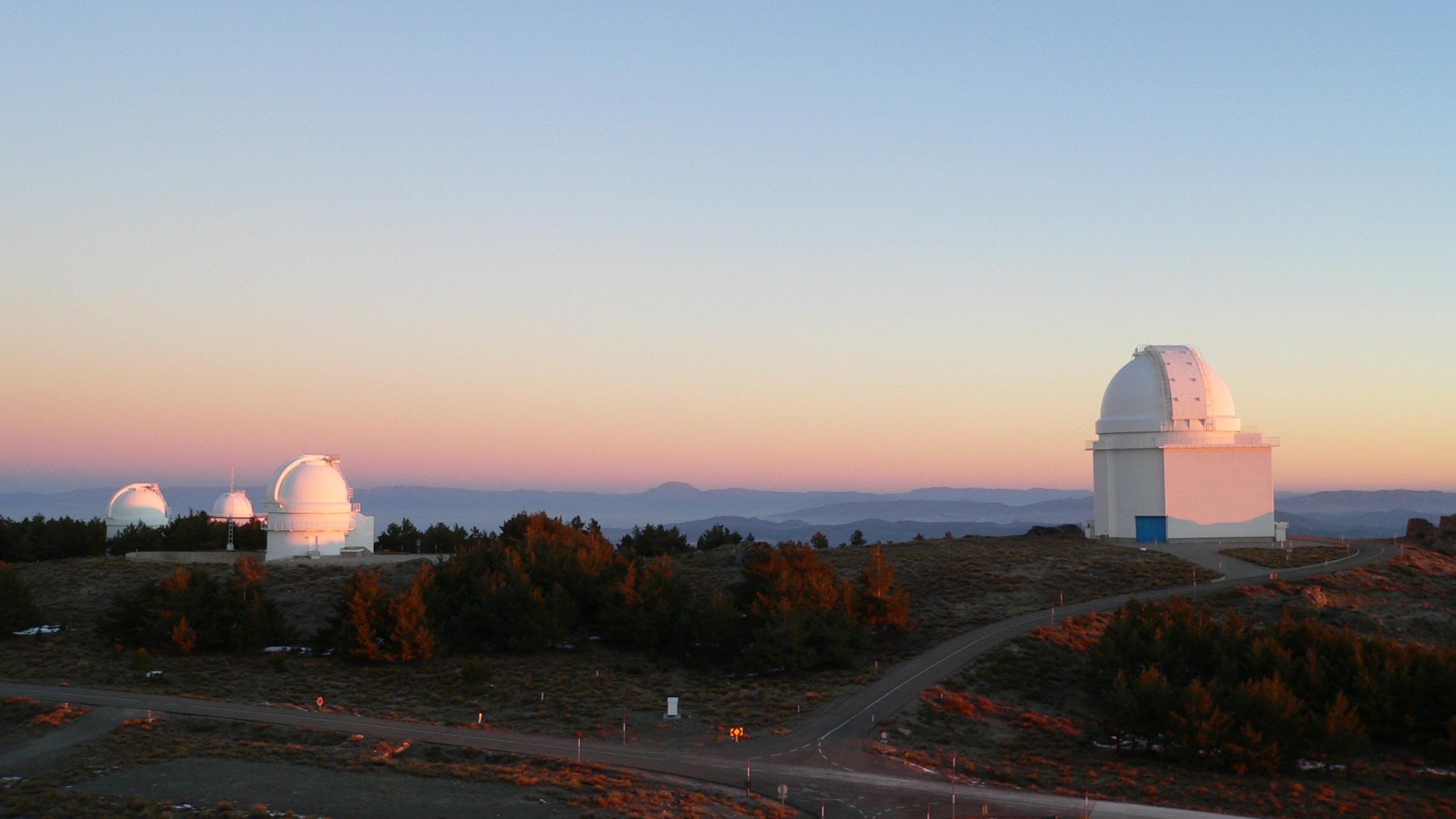Studies of 15 M-stars offer new insights into the presence of exoplanets
According to the latest studies led by Heidelberg University astronomers, low-mass stars quite often host Earth-like planets. Data collected as part of the CARMENES project were the basis of this finding. By analyzing the data, an international research team succeeded in identifying four new exoplanets and determining their properties. At the same time, the researchers were able to show that earth-like planets are found quite frequently in the orbit of stars with less than a sixth of the mass of our Sun. These findings could support the search for potentially life-sustaining worlds in our cosmic neighborhood.

The CARMENES spectrograph system at the Calar Alto Observatory near Almería (Spain) was developed and built at the Königstuhl Observatory of Heidelberg University. It aids astronomers in the search for exoplanets that orbit so-called M-dwarfs. These stars have a mass less than one-tenth up to half of the mass of our Sun. M-dwarfs are the most abundant stars in our galaxy. They exhibit tiny periodic movements caused by the gravitational pull of orbiting planets, from which researchers can infer the existence of previously undiscovered worlds.
For the current study, the researchers chose 15 stars from a catalog of 2,200 M-dwarfs of the CARMENES program and analyzed their radial velocity data. The speed of a star can be precisely measured by recording a high-resolution spectrum and analyzing the spectral lines. The researchers discovered four new planets based on the data; the largest one has a mass 14 times greater than our Earth and orbits its host star in approximately 3.3 years. The other planets have between 1.03 and 1.52 Earth masses and orbital periods from 1.43 to 5.45 days.
Statistical analyses show that stars with less than 0.16 solar masses have on average about two planets with less than three Earth masses. “It is quite remarkable how often small planets occur around very low-mass stars,” stresses study lead Dr Adrian Kaminski from the Königstuhl Observatory, which is part of the Centre for Astronomy of Heidelberg University. Larger planets, on the other hand, are rarer. “This suggests that low-mass stars tend to form smaller planets in close orbits,” states the Heidelberg astronomer.
Among the approximately 5,000 planets previously discovered in other solar systems, none is a true “twin” of the Earth in terms of mass, radius, surface temperature, and type of parent star. However, the newly discovered planets meet at least the first three criteria, explains Prof. Dr Andreas Quirrenbach, director of the Königstuhl Observatory. “Small, rocky planets in the so-called habitable zone – the area around a star where water could exist in liquid form – are potential candidates for habitable worlds. Since M-dwarfs are very common and radiate their energy constantly into space over billions of years, they could provide stable environments for the development of life,” states the astronomer and expert in the search for exoplanets. This finding provides clues as to where the search for habitable planets could be most promising.

